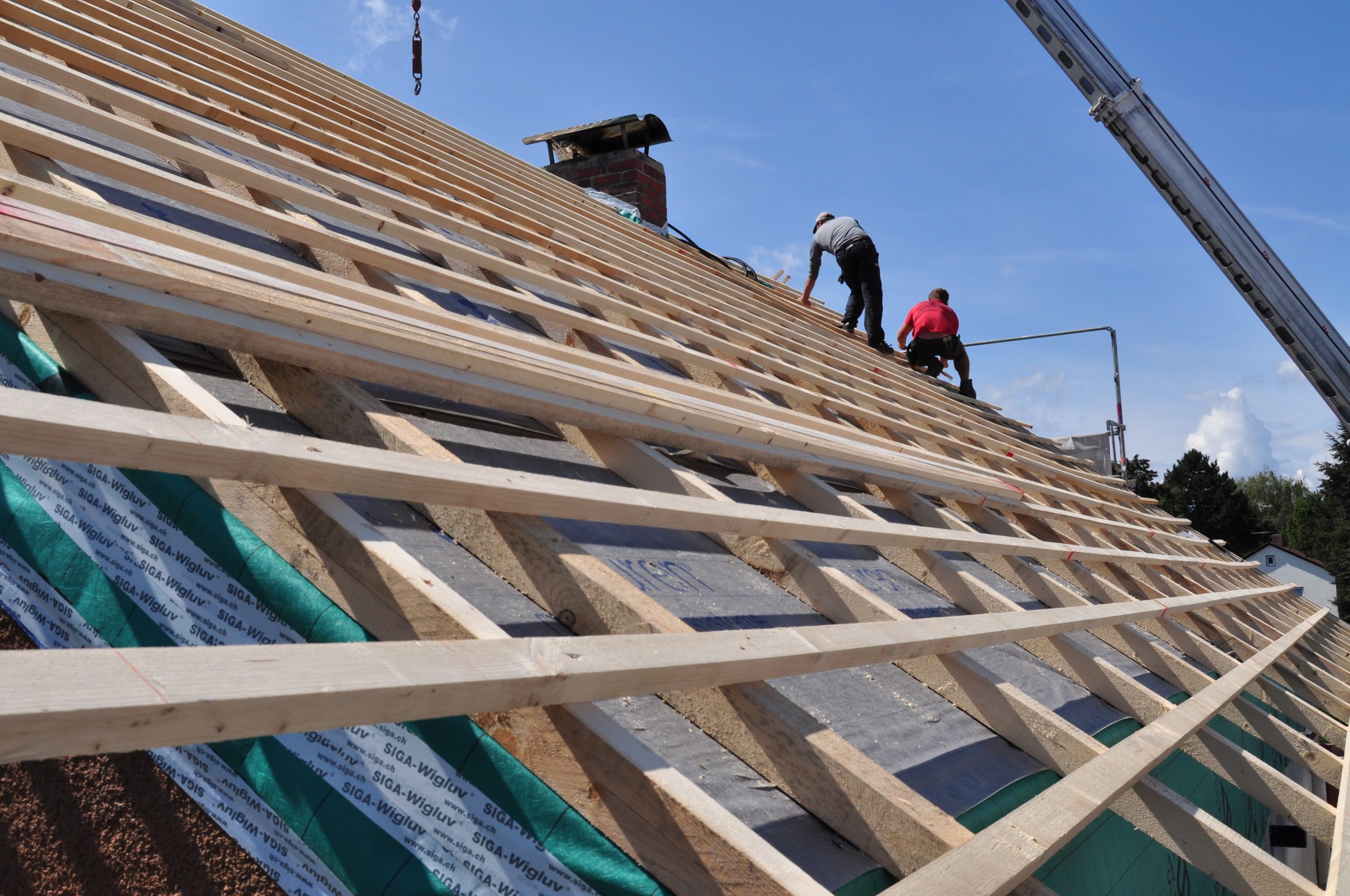Your roof is one of the most critical components of your home, protecting you from the elements and ensuring structural integrity. Proper maintenance is essential to extend its lifespan and prevent costly repairs. Here’s a comprehensive guide to regular roof maintenance tasks that can help keep your roof in top condition for years to come.
1. Regular Inspections
Regular inspections are the first step in maintaining your roof. Aim to inspect your roof at least twice a year—once in the spring and once in the fall. Additionally, inspect your roof after severe weather events such as storms, heavy winds, or hail. During inspections, look for signs of damage such as cracked, curled, or missing shingles, and check for wear and tear on the flashing around chimneys, vents, and skylights.
2. Clean Gutters and Downspouts
Clogged gutters and downspouts can lead to water damage and roof leaks. Leaves, twigs, and other debris can prevent proper drainage, causing water to back up and seep under your roofing materials. Clean your gutters and downspouts regularly, especially in the fall when leaves are more likely to accumulate. Consider installing gutter guards to reduce the frequency of cleaning and ensure proper water flow.
3. Remove Debris from the Roof
Leaves, branches, and other debris can collect on your roof, trapping moisture and leading to rot or mold growth. Regularly remove debris using a soft-bristled broom or a leaf blower. Be careful not to damage the shingles or roofing material while cleaning. Keeping your roof free of debris helps maintain its condition and prevents potential damage.
4. Trim Overhanging Branches
Overhanging tree branches can damage your roof by scraping against the shingles and depositing debris. Trim back any branches that hang over your roof to prevent this damage and reduce the risk of pests accessing your roof. Regular pruning of nearby trees helps protect your roof and reduces the likelihood of falling branches during storms.
5. Check for Moss and Algae Growth
Moss and algae can grow on roofs, particularly in damp, shaded areas. These organisms can retain moisture and cause the roofing materials to deteriorate. If you notice moss or algae, clean your roof using a solution of water and mild bleach (one part bleach to four parts water). Apply the solution to the affected areas, let it sit for about 20 minutes, and then gently scrub with a soft brush. Rinse thoroughly with water. Avoid using pressure washers, as they can damage the shingles.
6. Inspect and Repair Flashing
Flashing is essential for preventing water infiltration at joints and intersections, such as around chimneys, skylights, and vents. Inspect the flashing for signs of damage or corrosion and repair or replace it as needed. Ensuring that your flashing is in good condition helps prevent leaks and extends the lifespan of your roof.
7. Ensure Proper Attic Ventilation
Proper attic ventilation is crucial for regulating temperature and moisture levels in your attic, which can affect your roof’s lifespan. Check that your attic vents are unobstructed and functioning correctly. Good ventilation helps prevent heat buildup in the summer and reduces moisture accumulation in the winter, both of which can damage roofing materials over time.
8. Replace Damaged Shingles Promptly
If you find any damaged or missing shingles during your inspections, replace them promptly. Damaged shingles can allow water to penetrate the roof structure, leading to leaks and further damage. Keeping your shingles in good condition is vital for maintaining the integrity of your roof.
9. Seal Any Gaps or Cracks
Inspect your roof and the area around it for any gaps or cracks that could allow water to seep in. This includes checking the seals around vents, chimneys, and skylights. Use a high-quality sealant to fill any gaps or cracks you find to prevent water infiltration.
Conclusion
Maintaining your roof is essential for extending its lifespan and protecting your home from the elements. By conducting regular inspections, cleaning gutters and debris, trimming overhanging branches, managing moss and algae, inspecting flashing, ensuring proper ventilation, replacing damaged shingles, and sealing gaps, you can keep your roof in excellent condition. Investing a little time and effort into these maintenance tasks can save you from costly repairs and premature roof replacement, ensuring your roof serves you well for many years to come.
